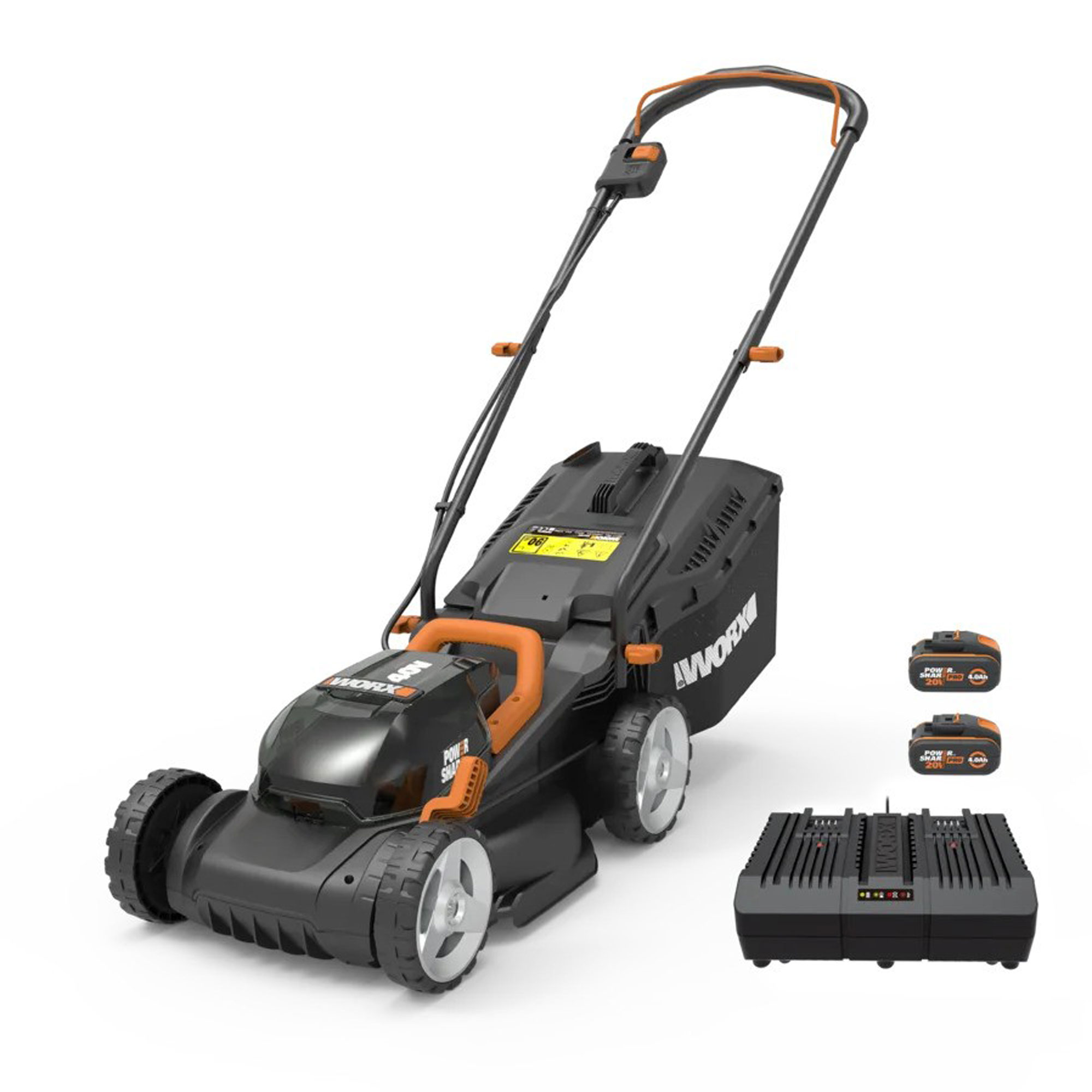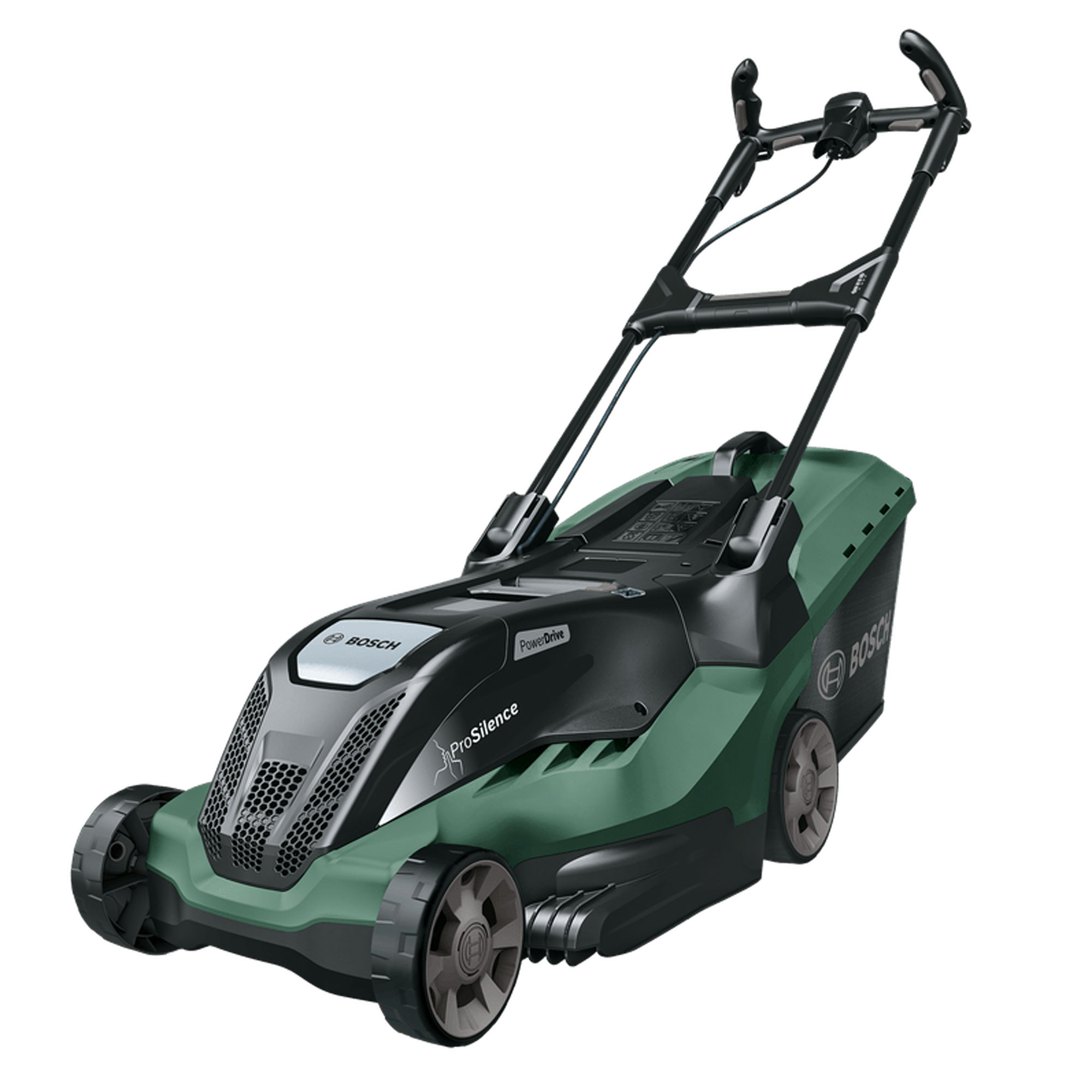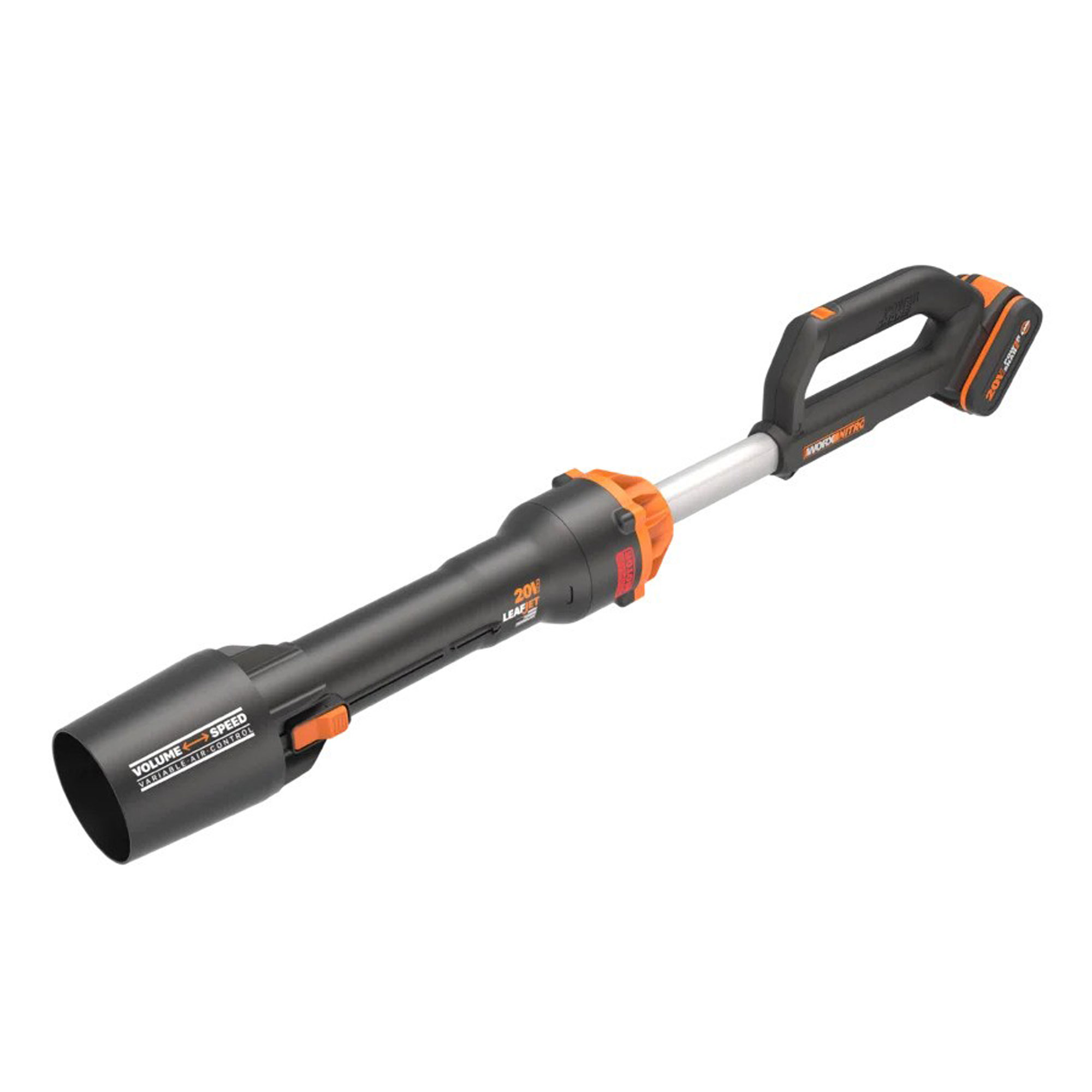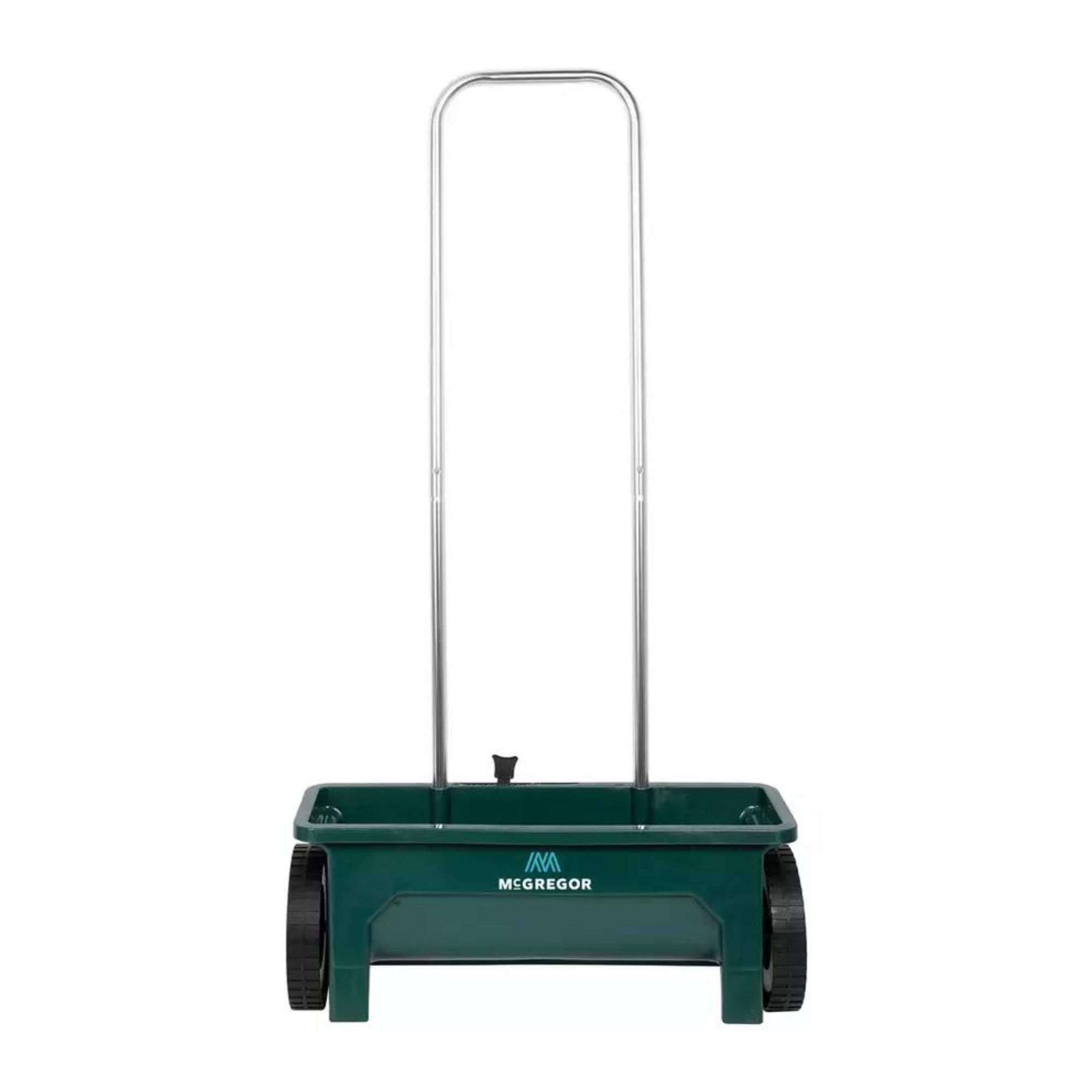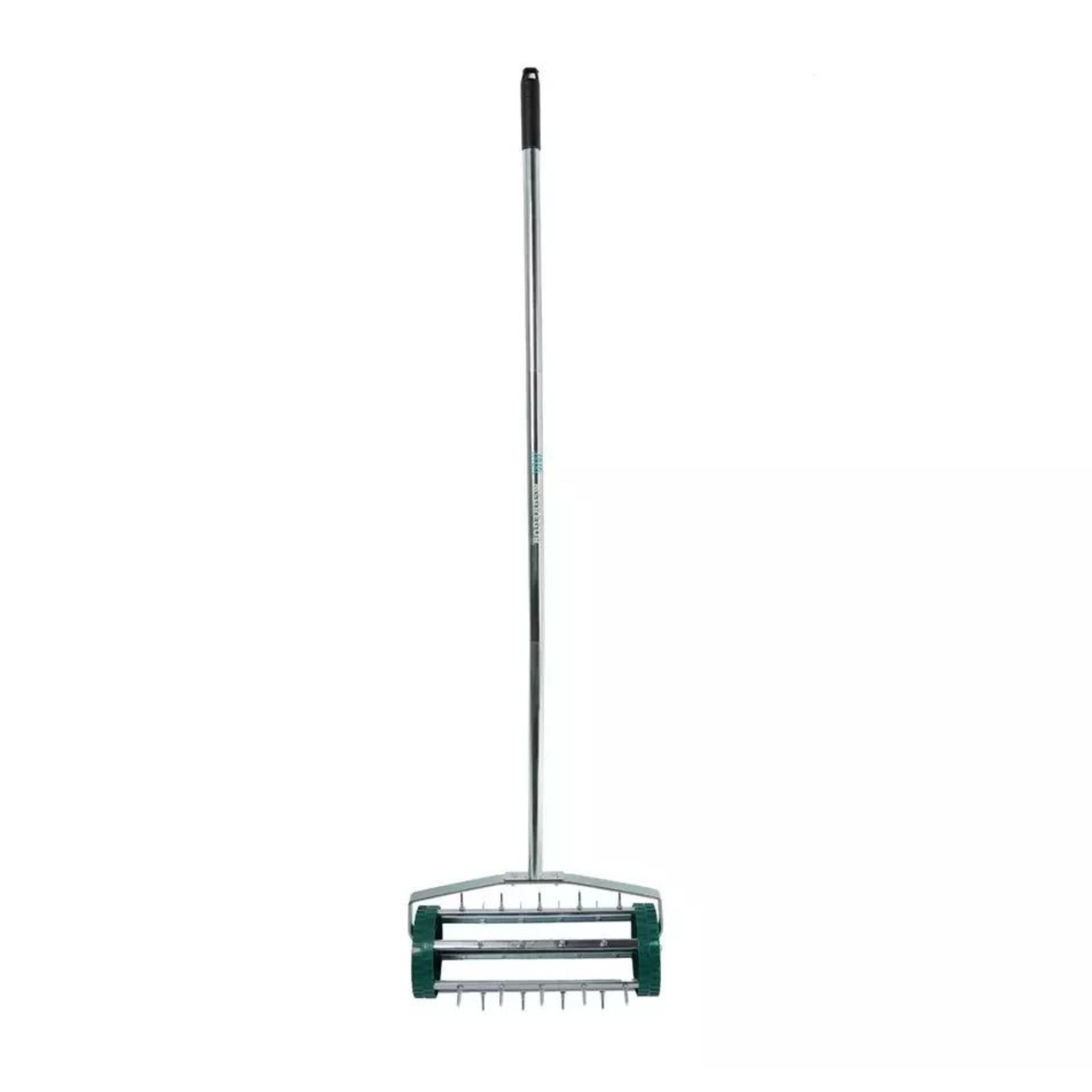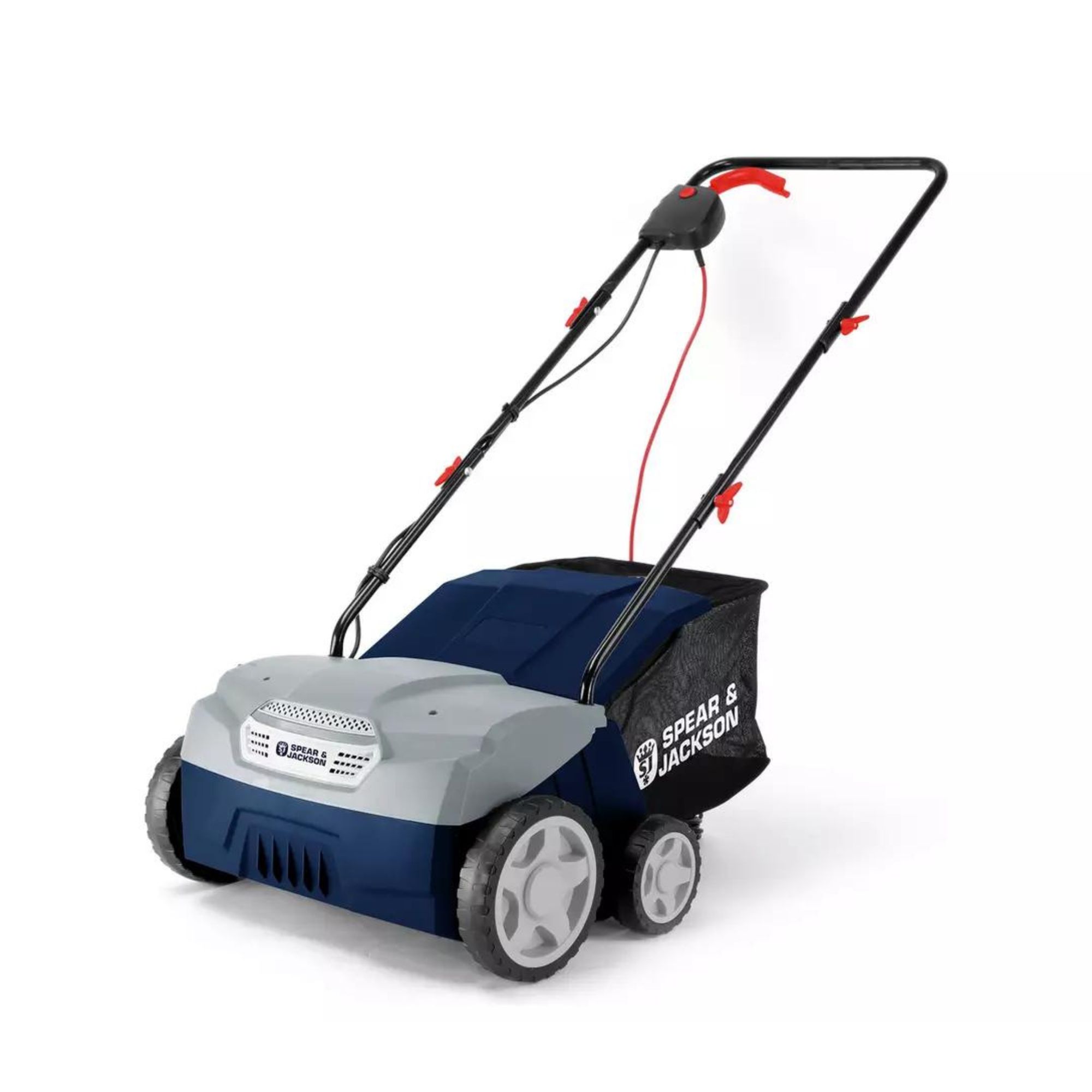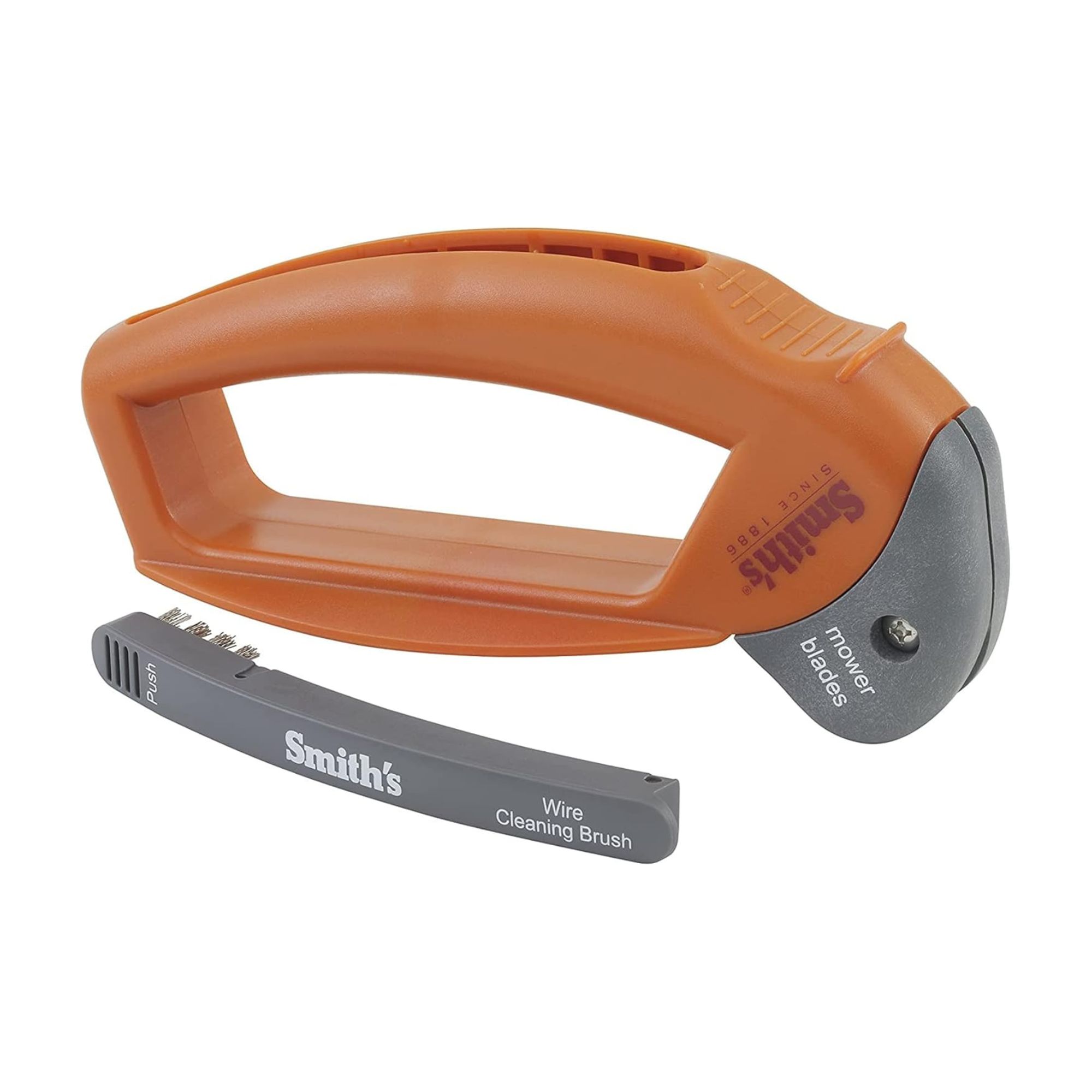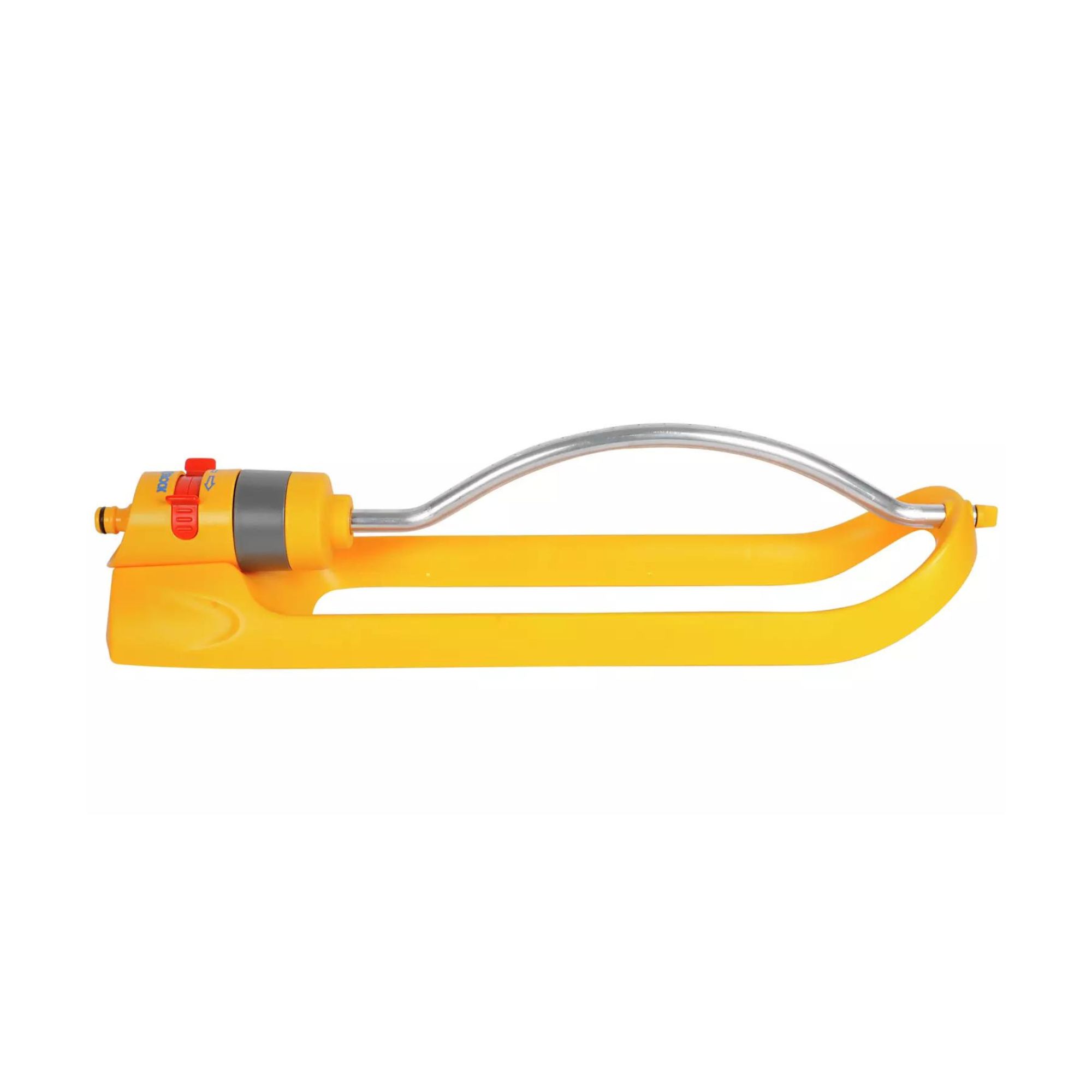10 lawn care mistakes that could be ruining your lawn and how to avoid them, according to experts
Sometimes you need to know what can go wrong to get it right


- 1. Mowing too short
- 2. Not getting rid of weeds
- 3. Mowing at the wrong time
- 4. Leaving leaves on the lawn
- 5. Ignoring poor-quality soil
- 6. Incorrectly applying lawn fertiliser
- 7. Letting it become too compact
- 8. Failing to prevent moss
- 9. Neglecting your lawn mower blades
- 10. Underwatering or overwatering
- FAQs
If you’re new to the lawn game, your established lawn is looking a little worse for wear, or you just want to keep your lawn happy and healthy, taking note of the lawn care mistakes you should avoid can definitely help you out.
After all, the best lawn care tips can help you focus on everything you should be doing right. But it’s also a good idea to focus on everything that could potentially go wrong. This allows you to prepare for the worst and even stop the worst from happening in the first place so you can enjoy your lawn ideas year-round.
So, what are the top lawn care mistakes to avoid? We’ve consulted with lawn care professionals to find out and laid them out below - and if you know take note of these mistakes now, you can stop them from happening later down the line.
1. Mowing too short
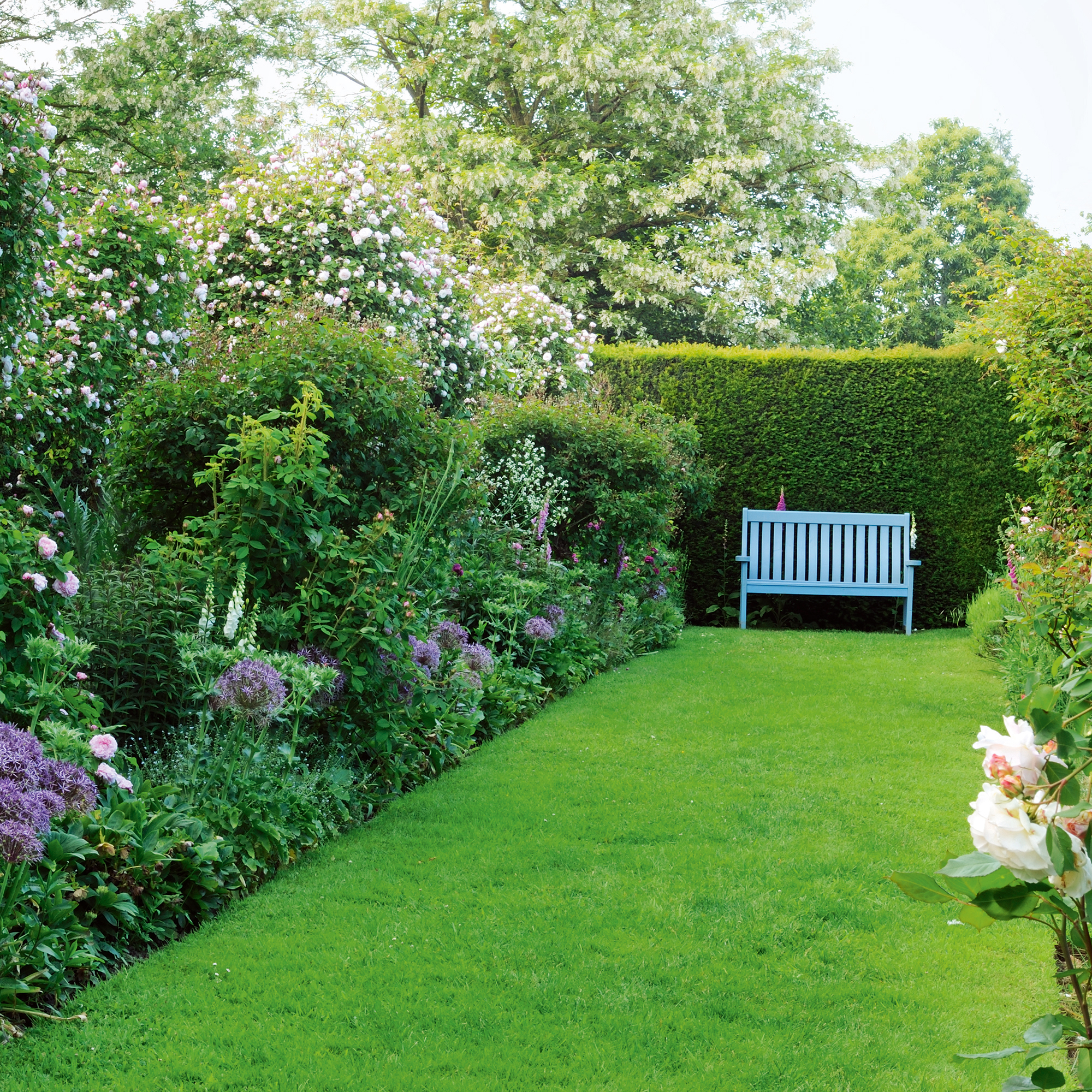
Whether you’re preparing to mow your lawn for the first time after winter or you’re gearing up to mow it for the last time before winter, you might feel inclined to give it a short-back-and-sides to tidy your garden. But this can do more harm than good.
According to Tony Williams, Estates Manager at Mount Ephraim Gardens, ‘Cutting the grass too short can stress it and make it more susceptible to weeds, pests, and drought. A good rule of thumb is to never remove more than one-third of the grass blade in a single mowing.’
Because of this, you should always show restraint when using one of the best lawn mowers to mow your lawn. And even if you’re trying to tackle an overgrown garden, you should stagger the mowing across a few weeks to maintain the health of the grass.

Tony is a keen and experienced gardener who has worked in horticulture across a variety of sites, including Canterbury Cathedral. He is extremely interested in sustainable gardening and strives to avoid polluting chemicals in fertiliser and pest control. He is dedicated to preserving natural resources and reducing water waste wherever possible.
2. Not getting rid of weeds
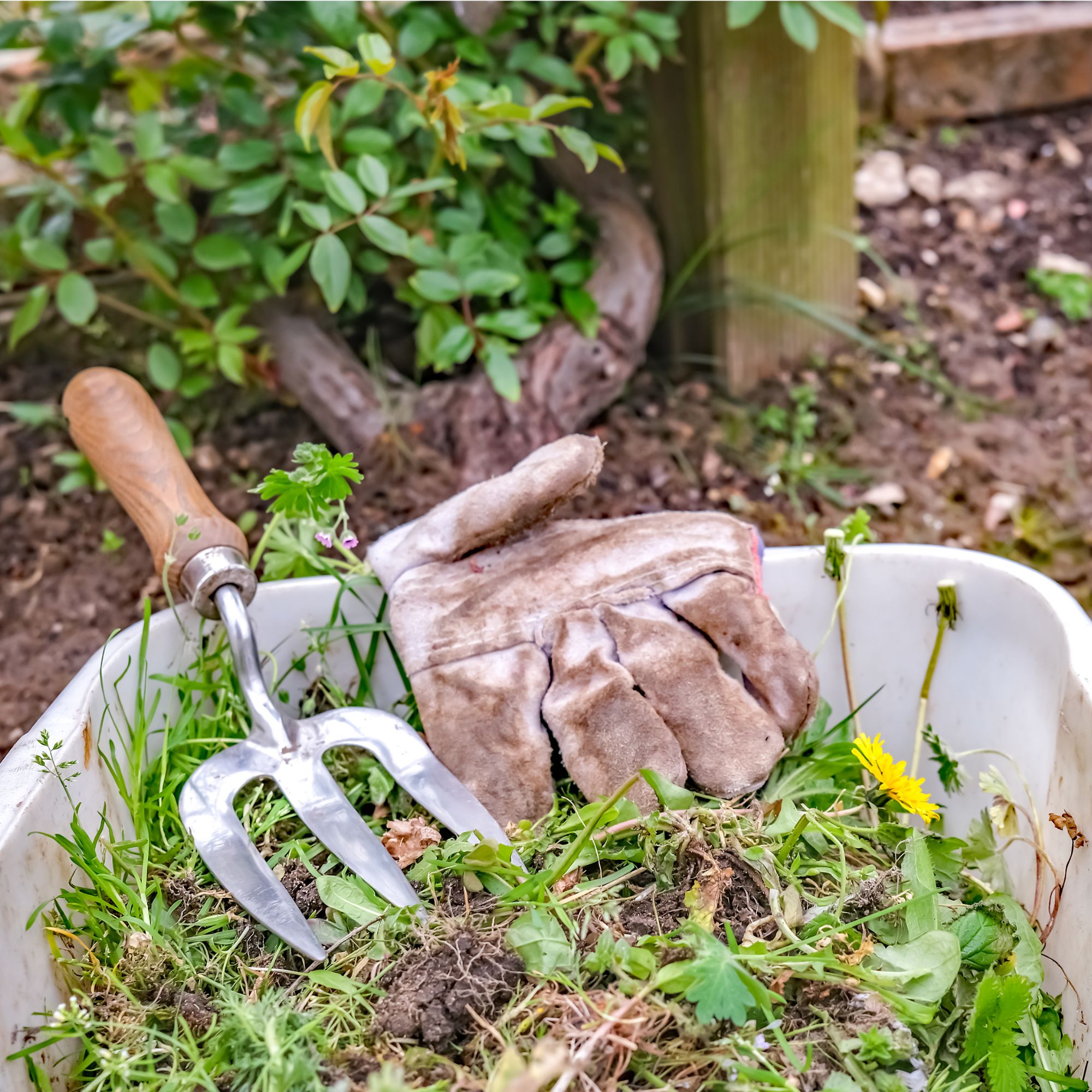
Trying to get rid of weeds is a whole different story when you want to get rid of weeds in a lawn. Most of the time, people simply give up and allow the dandelions and clover to live alongside their grass. But this is one of the biggest lawn care mistakes you can make.
Sign up to our newsletter for style inspiration, real homes, project and garden advice and shopping know-how
Lucy Rhead, gardening enthusiast at Gtech explains, ‘If you spot any weeds in your grass, then you should swiftly remove them, so they don’t steal any water or nutrients from your lawn.’
Yes, leaving weeds in your lawn can actually affect the health and the longevity of your grass as it’ll constantly have to compete for vital nutrients. So, aim to get rid of them as soon as possible.
Lucy advises, ‘The safest way to get rid of weeds is to dig them out yourself,' and we happen to agree. In fact, the Ideal Home team would always encourage natural ways to get rid of weeds, and we’re particularly fond of the Root Slayer.
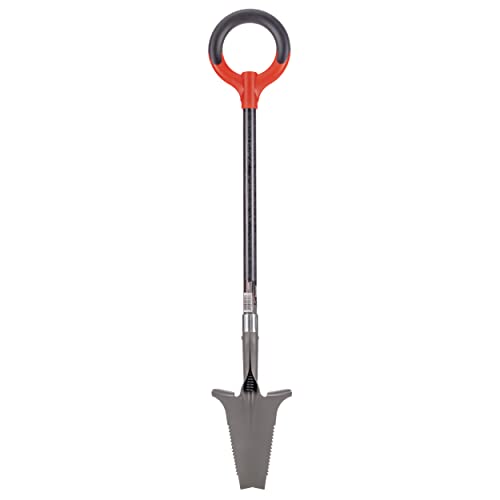
The Root Slayer is a firm favourite of Ideal Home's Senior Digital Editor, Jenny McFarlane. It'll pull the weeds out from the roots, removing them from your lawn for good.

Lucy has worked at Gtech for more than five years during which time she’s developed a passion for cleaning and gardening. Lucy loves learning about new product innovations, and how they can help make everyone’s lives a bit easier.
3. Mowing at the wrong time

While it’s important to follow a lawn mowing calendar you also need to know when to mow your lawn. After all, mowing at the wrong time of day - especially during the height of summer - could result in heat stress in your lawn.
Lucy says, ‘The best time to cut your grass is in the mid to late morning. The idea is to avoid cutting it too early when the morning dew makes the grass wet, but not too late in the evening either, as the grass needs time to recover before the night-time chill sets in.’
And while you can cut wet grass, experts would urge you to avoid cutting your grass when it’s wet and wait for it to dry out instead.
4. Leaving leaves on the lawn

While many experts advise leaving grass clippings on a lawn, leaving fallen autumn leaves isn't something you should do. In fact, leaving leaves on a lawn is a big lawn care mistake.
Jim Kirkwood, a garden expert at Worx, says, ‘With autumn upon us, the task of leaf clearing is one that shouldn’t be neglected. Get your rakes and leaf blowers at the ready, as thick layers of leaves will prevent sunlight and oxygen from reaching your lawn, which can suffocate it and cause unsightly bare patches.'
He adds, ‘A small number of leaves that don’t completely suffocate the lawn can provide essential nutrients without completely smothering it, so be careful to maintain a healthy balance.’ So, think about buying one of the best leaf blowers to avoid this lawn care mistake.
5. Ignoring poor-quality soil

When was the last time you tested the pH of your soil? And what about testing for nutrient deficiencies in your soil? Your soil can have a huge impact on the growth of your lawn, as grass - like any other plant - requires free-draining, high-quality soil to look its best.
Morris Hankinson, Managing Director of Hopes Grove Nurseries, says, ‘Plants generally don’t thrive in poor soil, so ignoring what you are starting with can cause you problems later down the line. If you get to know what type of soil and pH it is, you know what you are working with. Simply sowing grass seed on any bare patch won’t work, so understand and improve your soil first if needed.’
You may struggle with your lawn care if you have clay soil, so knowing how to improve clay soil for the sake of your lawn is definitely worth it.

Morris Hankinson is the founder and managing director of Hopes Grove Nurseries Ltd, the UK’s only specialist grower-retailer of hedging plants. He established the thriving business in 1992, shortly after graduating with a Commercial Horticulture Degree from Writtle College, Essex.
6. Incorrectly applying lawn fertiliser
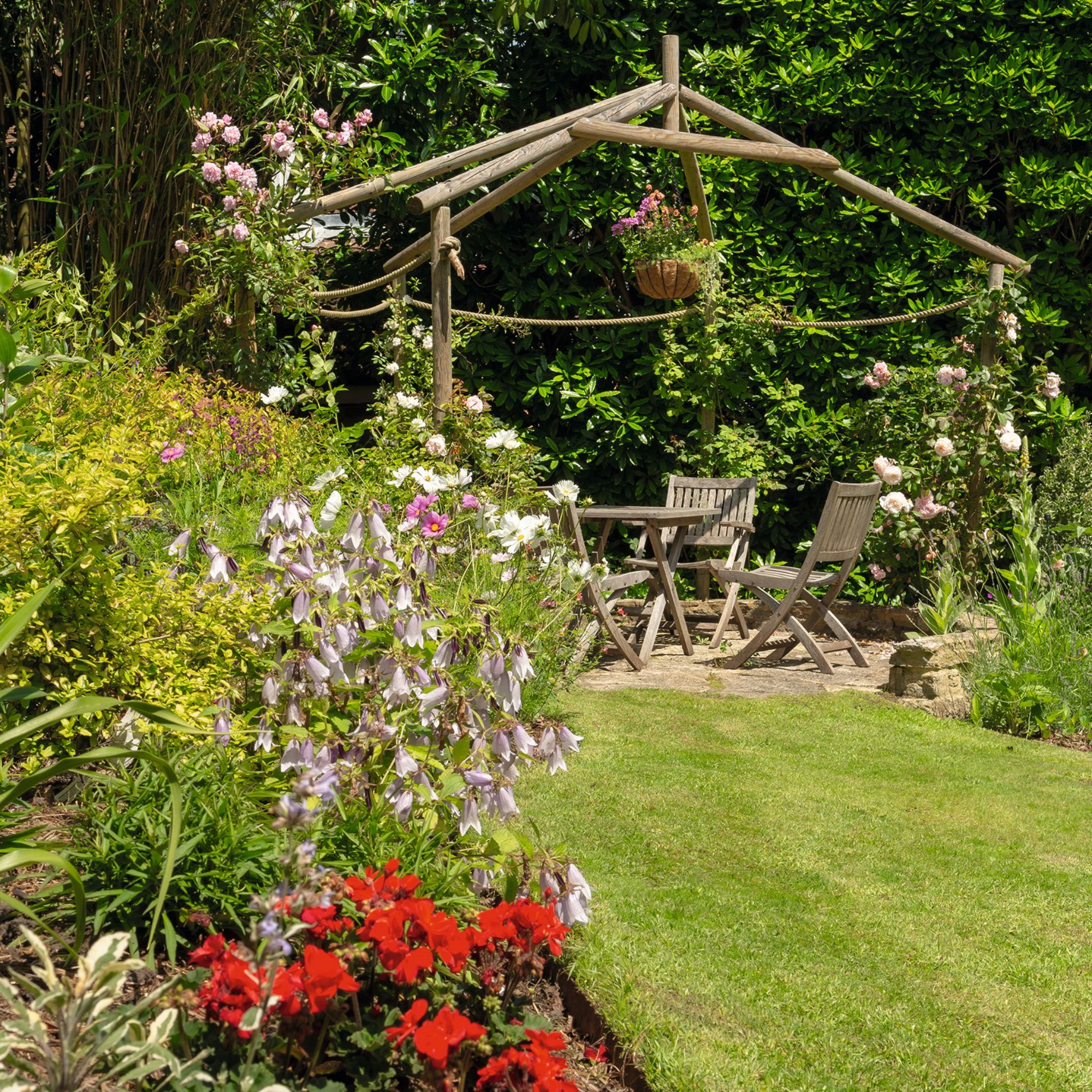
Fertilising your lawn is a surefire way to give it the extra oompf it may need, making it greener, healthier, and more luscious. And while you may choose the perfect time to fertilise a lawn, applying it incorrectly is one of the most common lawn care mistakes.
John Marshall, Landscaping Expert at Wenningdale Escapes explains, ‘One of the biggest mistakes people tend to make is their application of fertiliser. The incorrect application (for example, applying by hand, which can cause inconsistent spread) can create an uneven spread, leaving some parts of the grass with little and some with the chance to get fertiliser burn!’
He adds, ‘To create a more even fertiliser application, opt for a spreader or water-based fertiliser that can be used in a watering can.’
7. Letting it become too compact

Although you might not know exactly how to aerate a lawn, you probably know that it’s an important step in your lawn care regime. But if you want to avoid a lawn care mistake, you also need to know when to aerate your lawn - and how often you should do it. Thankfully, the limit does not exist.
According to Cheryl Harper, MD of Greensleeves, ‘A lawn – providing it is not damaged - cannot be aerated too much. In fact, the more often, the better. ‘This method eases compaction and sub-surface thatch that has accumulated in the lawn, allowing water, air, fertiliser and nutrients to penetrate into the root zone.’
She adds, ‘If you don’t aerate, the compaction of particles can cause a variety of problems and will increase the risk of the lawn being invaded by weeds or moss.’
8. Failing to prevent moss
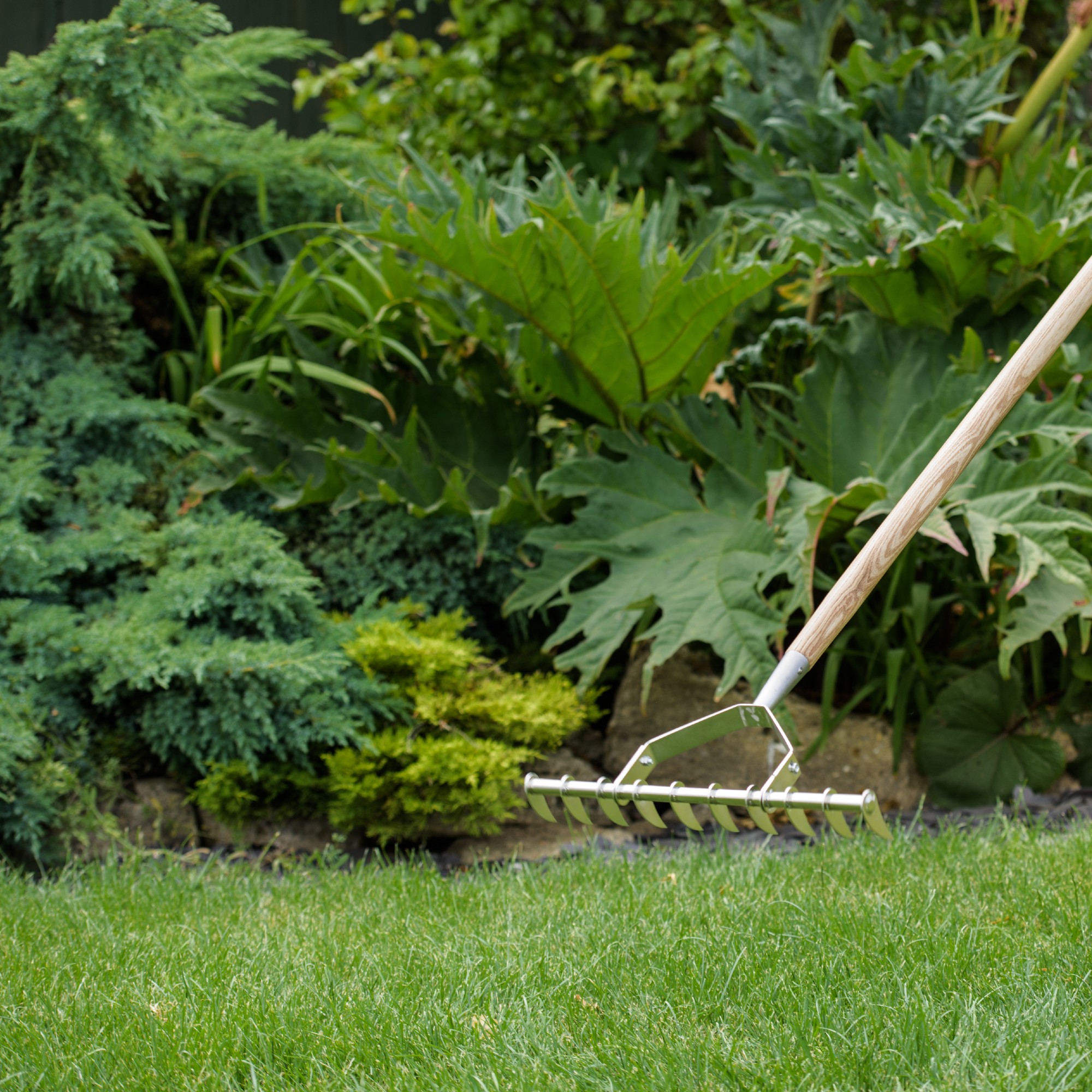
If your lawn is in the shade, there’s a high chance that you struggle with moss build-up in your lawn. And while you may think nothing of it, the reality is that failing to prevent moss growth in your lawn is a huge lawn care mistake.
Because of this, you should aim to get rid of moss regularly, and this involves scarifying your lawn. Then, you should work on keeping it at bay.
Chery says, ‘It’s easier to prevent moss than treat it. If shade is causing the moss in your lawn, you can reduce that impact by cutting back overhanging plants or trees to allow more sunlight to the grass.’
‘If it is a drainage issue, perform a hollow tine aeration treatment to allow better drainage through the soil. By improving surface drainage, moss is less likely to reoccur. You can also ensure that you are not mowing your lawn too short, as that can cause the grass to be damaged and slow down growth, which then gives the moss an opportunity to take over your lawn.’
9. Neglecting your lawn mower blades
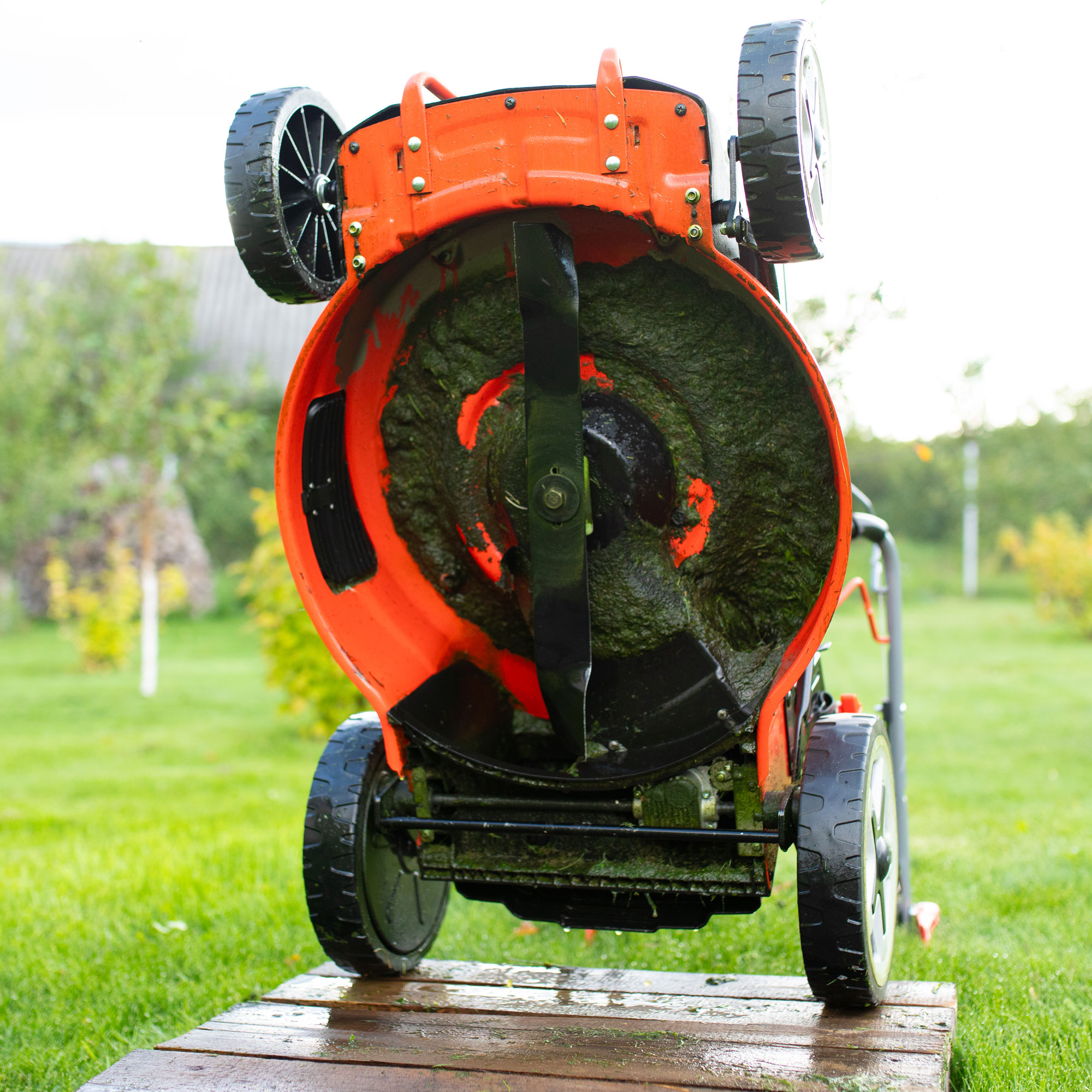
We already know that mowing your lawn at the wrong time or in the wrong way can make a huge difference to your lawn care efforts, but cleaning your lawn mower is also vitally important. To be more specific, you need to keep on top of cleaning and sharpening your lawn mower blades.
‘Dirty cutting blades aren’t as effective as clean blades, so it’s important to keep them in tip-top condition,’ explains Jim. ‘Every time you’ve finished cutting your lawn, wipe them down with a dry cloth to remove any excess grass clippings to ensure they’re ready for their next use.’
‘If your blades are looking a little dull, they'll need to be removed and sharpened, as dull blades tear rather than cut grass, which leaves them more susceptible to disease and dehydration, leading to a weak, unhealthy lawn,’ explains Jim.
10. Underwatering or overwatering
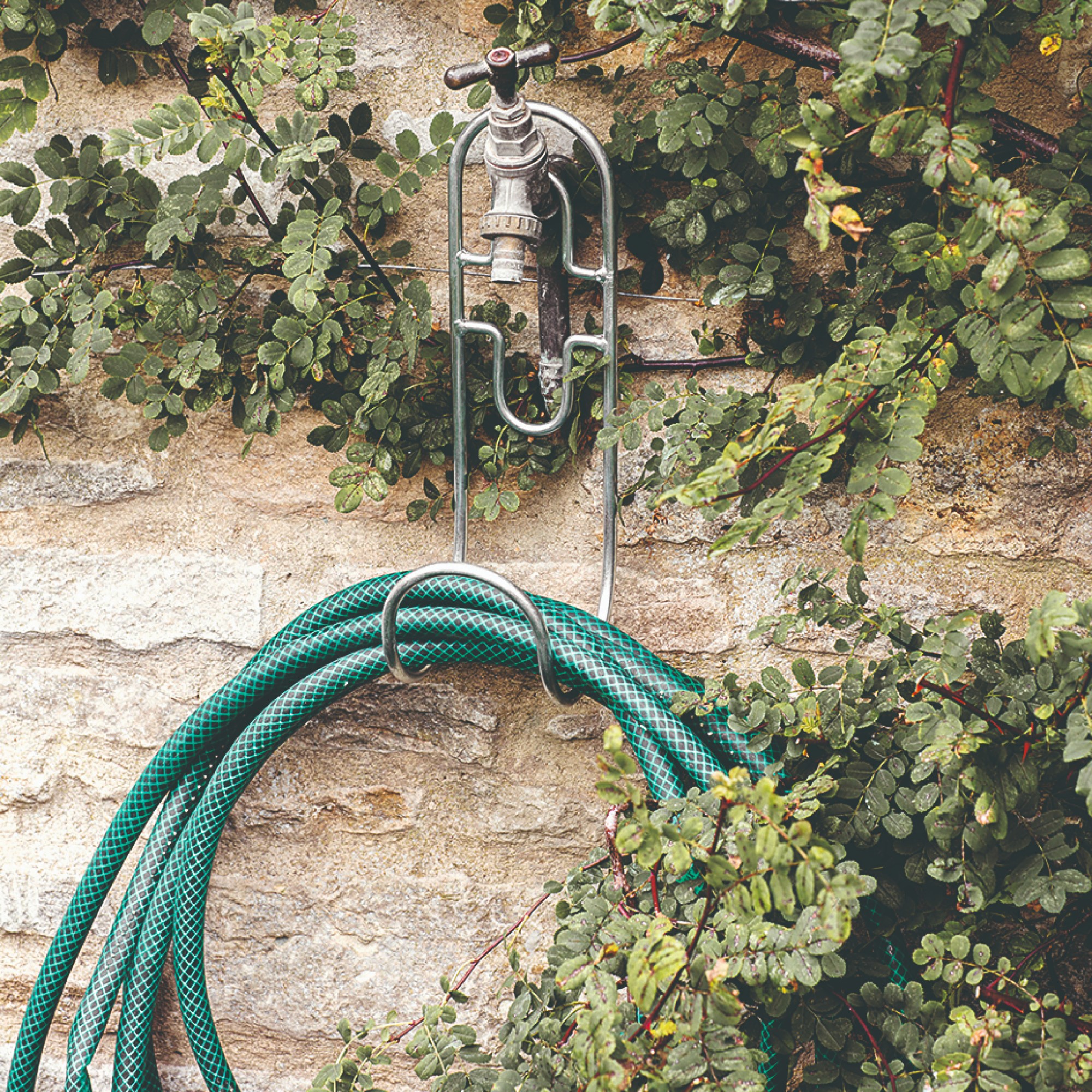
According to Tony, ‘Overwatering can lead to shallow root systems and promote fungal growth, while underwatering can cause the grass to become weak and more susceptible to damage. It's essential to water deeply and infrequently, allowing the soil to dry out between waterings.’
Because of this, you must avoid making this lawn care mistake - but we understand that it leaves you in a difficult position, especially if you want to take care of your lawn during a hosepipe ban.
Morris adds, ‘I would prefer to underwater than over water - nobody wants a boggy lawn! It is better to water thoroughly infrequently than just a little every now and again. Always let it dry out in-between watering.’
And if you’re looking for a foolproof way to ensure your lawn is well-watered, it might be worth investing in an irrigation system.
FAQs
What are the signs of an unhealthy lawn?
If you think that your lawn is unhealthy, you may spot one (or more) of the following signs:
- Weed growth.
- Browning or scorching.
- Uneven growth.
- Bare spots.
- Compacted soil.
- Water pooling.
How do I know what's wrong with my lawn?
To diagnose any problems with your lawn, you first need to look at the symptoms. Only by acknowledging these symptoms can you truly understand what’s wrong with your lawn.
For example, if you have brown patches or scorching, it’s highly likely that your lawn is suffering from heat stress and the effects of the intense summer sun. And when you’ve figured that out, you can make the necessary adjustments to solve this problem.
Skye Buchanan, the Head Gardener at Links House at Royal Dornoch advises, ‘If you are struggling to understand what’s going on and you are having real trouble with your lawn, dig out a small square of turf about 6inch deep using a spade and have a look at the root, seeing how wet or dry it is and if you can see any pests like leather jackets (daddy long leg larva) this will let you treat the problem.’
In some cases, you may have to send your soil off for testing or use at-home nutrient or pH tests to determine what’s wrong with your lawn.
So, now you know which lawn care mistakes to avoid, you can focus on growing and maintaining a happy and healthy lawn.

Lauren Bradbury has been the Content Editor for the House Manual section since January 2025 but worked with the team as a freelancer for a year and a half before that. She graduated with a Bachelor’s degree in English and Creative Writing from the University of Chichester in 2016. Then, she dipped her toe into the world of content writing, primarily focusing on home content. After years of agency work, she decided to take the plunge and become a full-time freelancer for online publications, including Real Homes and Ideal Home, before taking on this permanent role. Now, she spends her days searching for the best decluttering and cleaning hacks and creating handy how-to guides for homeowners and renters alike, as well as testing vacuums as part of her role as the Ideal Home Certified Expert in Training on Vacuums, having spent over 110 hours testing different vacuum models to date!
